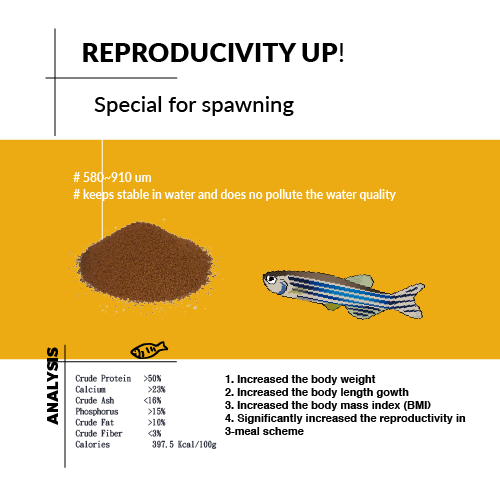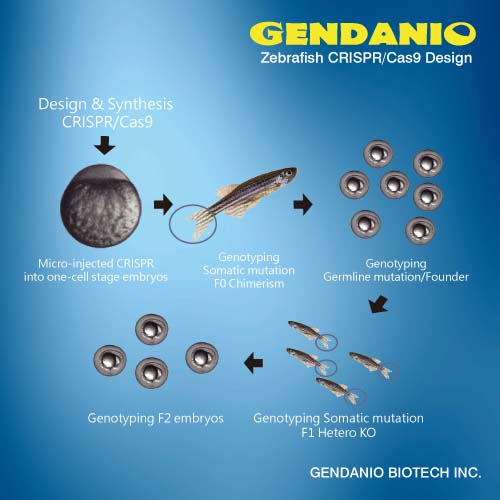ScienceDaily (Mar. 19, 2010) — Embryonic stem cells (ES cells) have invaluable potential for regenerative medicine. Scientists are only just beginning to understand the diverse developmental possibilities ("pluripotency") of ES cells. The Pou5f1/Oct4 protein is one of the most important stem cell factors. However, in contrast to Pou5f1/Oct4 itself, little is known about the structure and function of the regulatory network it controls.
This network can support pluripotency, but at the same time it can also enable the allocation of embryonic cells to the various main cell lines. Using the zebrafish as an experimental model, a team of systems biologists from the University of Freiburg led by Prof. Dr. Wolfgang Driever and Dr. Daria Onichtchouk from the Faculty of Biology and Prof. Dr. Jens Timmer from the Institute of Physics has successfully implemented a systems biological approach combining embryology, bioinformatics, and mathematical modeling to explain the basic regulatory mechanisms of the early embryonic gene regulation networks. The team cooperated closely with the university's Center for Systems Biology (ZBSA). The results were published on 9 March 2010 in the journal Molecular Systems Biology.
Stem cells have the potential to become one of the essential therapeutic components in biomedicine for curing the degeneration diseases of an aging society. However, the diverse developmental possibilities of embryonic stem cells also present considerable risks: How can we ensure that the cells we create from stem cells are stable and do not lead to tumors? One of the preconditions for preventing this from happening is a better understanding of the successive steps of regulation in the natural differentiation of stem cells into defined tissue in the embryo. This process of differentiation is controlled by complex networks of regulators and signals in a series of successive regulation phases. It is difficult to study these steps in cell cultures and in the mammal embryo because the steps of differentiation often occur asynchronously in temporal succession (cell culture) and the corresponding developmental stages are not easy to access through experimental means (embryo).
The team of system biologists tackled and threw light on important aspects of precisely this regulation network in their study. The decisive step for reaching a more profound understanding of the regulation process consisted in conducting detailed time-resolved analyses of the embryonic transcriptome of wild type embryos and Oct4/Pou5f1-deficient embryos at 10 distinct time points during development. The results of this biological modeling process provide insight not only into the temporal dynamic of the stejavascript:mctmp(0);m cell network, but also into its structure, function, and evolution.
In addition to Prof. Dr. Wolfgang Driever, Dr. Daria Onichtchouk, and Prof. Dr. Jens Timmer, the research team included Dr. Florian Geier, Dr. Bozena Polock, Dr. Björn Wendik, Sungmin Song, and Rebecca Mössner from the University of Freiburg as well as Dr. Verdon Taylor and Dr. Daniel Messerschmidt from the Freiburg Max Planck Institute. Wolfgang Driever and Jens Timmer are Internal Senior Fellows of the Freiburg Institute for Advanced Studies (FRIAS).
Source: ScienceDaily
























